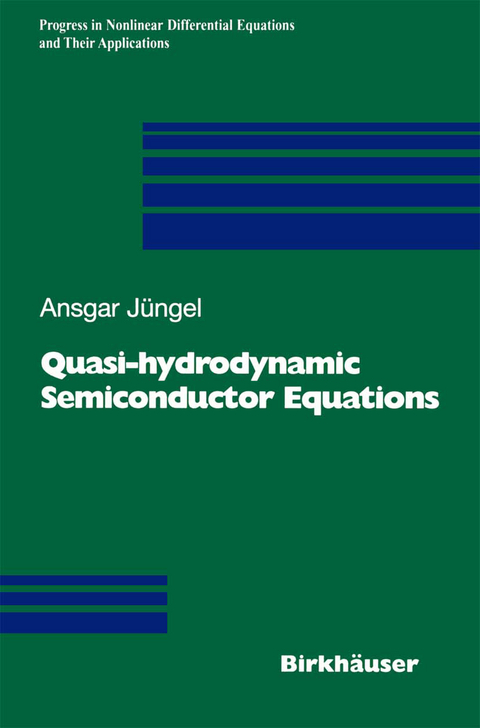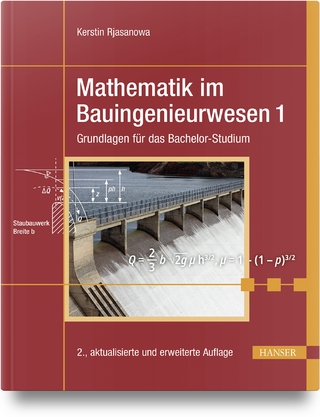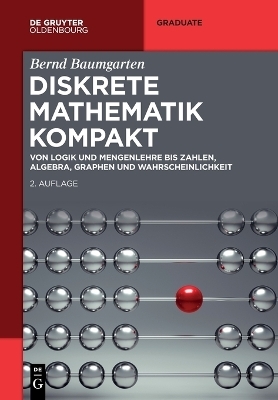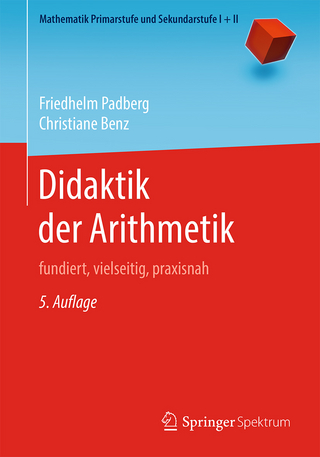
Quasi-hydrodynamic Semiconductor Equations
Springer Basel (Verlag)
978-3-0348-9521-7 (ISBN)
In this book a hierarchy of macroscopic models for semiconductor devices is presented. Three classes of models are studied in detail: isentropic drift-diffusion equations, energy-transport models, and quantum hydrodynamic equations. The derivation of each of the models is shown, including physical discussions. Furthermore, the corresponding mathematical problems are analyzed, using modern techniques for nonlinear partial differential equations. The equations are discretized employing mixed finite-element methods. Also, numerical simulations for modern semiconductor devices are performed, showing the particular features of the models.
Modern analytical techniques have been used and further developed, such as positive solution methods, local energy methods for free-boundary problems and entropy methods.
The book is aimed at applied mathematicians and physicists interested in mathematics, as well as graduate and postdoc students and researchers in these fields.
1 Introduction.- 1.1 A hierarchy of semiconductor models.- 1.2 Quasi-hydrodynamic semiconductor models.- 2 Basic Semiconductor Physics.- 2.1 Homogeneous semiconductors.- 2.2 Inhomogeneous semiconductors.- 3 The Isentropic Drift-diffusion Model.- 3.1 Derivation of the model.- 3.2 Existence of transient solutions.- 3.3 Uniqueness of transient solutions.- 3.4 Localization of vacuum solutions.- 3.5 Numerical approximation.- 3.6 Current-voltage characteristics.- 4 The Energy-transport Model.- 4.1 Derivation of the model.- 4.2 Symmetrization and entropy function.- 4.3 Existence of transient solutions.- 4.4 Long-time behavior of the transient solution.- 4.5 Regularity and uniqueness.- 4.6 Existence of steady-state solutions.- 4.7 Uniqueness of steady-state solutions.- 4.8 Numerical approximation.- 5 The Quantum Hydrodynamic Model.- 5.1 Derivation of the model.- 5.2 Existence and positivity.- 5.3 Uniqueness of steady-state solutions.- 5.4 A non-existence result.- 5.5 The classical limit.- 5.6 Current-voltage characteristics.- 5.7 A positivity-preserving numerical scheme.- References.
| Erscheint lt. Verlag | 21.10.2012 |
|---|---|
| Reihe/Serie | Progress in Nonlinear Differential Equations and Their Applications |
| Zusatzinfo | X, 293 p. |
| Verlagsort | Basel |
| Sprache | englisch |
| Maße | 155 x 235 mm |
| Gewicht | 468 g |
| Themenwelt | Mathematik / Informatik ► Mathematik |
| Schlagworte | Equation • Finite • Finite Element Method • Function • Mathematics • Numerical Mathematics • partial differential equation • Partial differential equations • Proof • semiconductor • Semiconductor physics |
| ISBN-10 | 3-0348-9521-6 / 3034895216 |
| ISBN-13 | 978-3-0348-9521-7 / 9783034895217 |
| Zustand | Neuware |
| Haben Sie eine Frage zum Produkt? |
aus dem Bereich


